After many days of learning about the officers and soldiers who participated in the battle at Dien Bien Phu front who were from Thai Nguyen, I was fortunate to meet Mr. Dao Xuan Tai, in Thanh Long hamlet, Phuc Luong commune (Dai Tu). He was the one who directly dug the tunnel with his teammates to place the explosives on hill A1.
 |
| Mr. Dao Xuan Tai at his home in Phuc Luong commune (Dai Tu). |
Mr. Dao Xuan Tai was born in 1928, a Tay ethnic. At the age of 17, he worked as a liaison for the Dai Tu District Party Committee. At the age of 18, he joined the army, participated in training and fought in C209, D3, E3, Vanguard Army Division. Recalling a heroic time, Mr. Tai confided: In my life as a soldier, I had the honor of participating in three major campaigns: the Campaign to protect the Viet Bac base in the fall and winter of 1947, the Border Campaign in 1950 and the historic Dien Bien Phu Campaign.
On March 13, 1954, our army opened fire to launch the first attack on the Dien Bien Phu stronghold. After 5 days of fighting, we destroyed the enemy's two most fortified strongholds, Him Lam and Doc Lap, then destroyed the Ban Keo stronghold, opened the entrance to the center of the stronghold, and threatened Muong Thanh airport.
On the afternoon of March 30, 1954, we continued to launch the second phase of simultaneous attacks on the eastern strongholds. The battle for Hill A1 was extremely fierce. We and the enemy fought for every inch of land. The regiments attacked for many days but only captured a part of the hill. We determined that to liberate Dien Bien, we had to capture Hill A1.
The campaign command decided to dig a tunnel from our position to the foot of the enemy bunker, then place a 1-ton explosive to collapse the bunker. The tunnel digging mission was carried out from the evening of April 20. Later, he learned that our military intelligence and a Thai ethnic person we planted operating in the enemy ranks had measured and drawn up a defense map of hill A1. Our position and the enemy's were a few dozen meters apart, they could open fire and throw grenades at any time if discovered. Therefore, the tunnel digging work had to be extremely secret, the camouflage work was done very elaborately. The tunnel door had a roof covered with soil to both protect against high-altitude grenades thrown down and to blind the enemy. The excavated soil and rocks were put into parachute bags and brought out, and after being poured, they were very well camouflaged. If not, they were moved far away and piled up in trenches to simulate combat fortifications.
The tunnel was so small that only people could squeeze in and bend down to dig. Each group of 3 people dug, called “three-three groups” at that time. The groups were equipped with 1 hoe and 2 shovels. The shovels were as sharp as knives to dig and scoop soil into sacks. The first few days, they could still feel around, but later they couldn’t see anything, so they had to use flashlights to dig. The deeper they went, the more stuffy and uncomfortable they were due to lack of air. Everyone tried their best but they could only stay in the tunnel for about an hour before they had to leave for another group to replace them. They were covered in red dust and dirt, and no one recognized each other.
About 14 days later, the superiors ordered the explosives to be placed for attack. We quickly transferred in a block of explosives weighing nearly 1,000 kg (documents later published that it was 960 kg). At 8:30 p.m. on May 6, according to the joint operation plan, artillery fired heavily at the enemy bases, and the explosives were detonated. After the explosion, the assault units were ordered to charge.
The battle on A1 Hill was the longest, fiercest and most sacrificial battle of the Vietnam People's Army. During 39 days and nights of fighting, more than 2,500 officers and soldiers heroically sacrificed their lives on this hill. To destroy the A1 Hill stronghold, our troops dug a tunnel to place a large explosive charge into the bunker on the top of the hill. In 2003, when renovating the historical site of A1 Hill, the construction unit discovered the tunnel. The Project Management Board decided to dig and measured 82m leading to the top of the hill, where the explosive charge was placed.
Joining Mr. Dao Xuan Tai in the conversation was Mrs. Nong Thi Nhat, born in 1931, Mr. Tai's wife. Mrs. Nhat was working in the women's association of Thuong Luong commune, now Phuc Luong. In 1948, while the unit was on duty in Dai Tu district, the Command Board created conditions for him to visit home for a few days. Both sides of the family decided to slaughter a pig to hold a wedding for the couple to become husband and wife.
I was quite surprised to know that Mrs. Nhat also participated in the frontline laborers to open the road to serve the Dien Bien Phu campaign. Mrs. Nhat smiled: “We got married that year, but it was not until after the Dien Bien Phu Victory that my husband returned home on leave that we had our first child. At that time, the whole country devoted its human and material resources to "all for the front, all for victory", I participated in the frontline laborers, my family's elders also supported the government with 2 buffaloes". Mr. Tai opened the cabinet, took out a photo of the couple when they were young and warmly introduced: "On the way to Khe Pass, I met my wife who was working for the women's committee at that time. We took this photo together".
 |
| Mr. Dao Xuan Tai and his wife when they were young. |
Recalling the years of fighting on the Dien Bien Phu front, Mr. Tai's voice became low and filled with emotion: To achieve that great victory, many of my comrades fell on the front. The casualties were great, the number of troops was often reinforced or coordinated in combat, many cases were sacrificed before we knew their faces or names...
After completing his mission and returning to his hometown, the soldier who participated in digging the underground tunnel on Hill A1 that year lived a quiet, simple life with his family. However, the spirit and personality of the Dien Bien soldier is always an example for his descendants to follow in order to learn and train to build their homeland. The spring sunshine smells of the mountains. The highland villages are ablaze with the colors of brocade. His smile also seems to shine.
Source


![[Photo] Prime Minister Pham Minh Chinh chairs meeting on railway projects](https://vphoto.vietnam.vn/thumb/1200x675/vietnam/resource/IMAGE/2025/10/23/1761206277171_dsc-9703-jpg.webp)


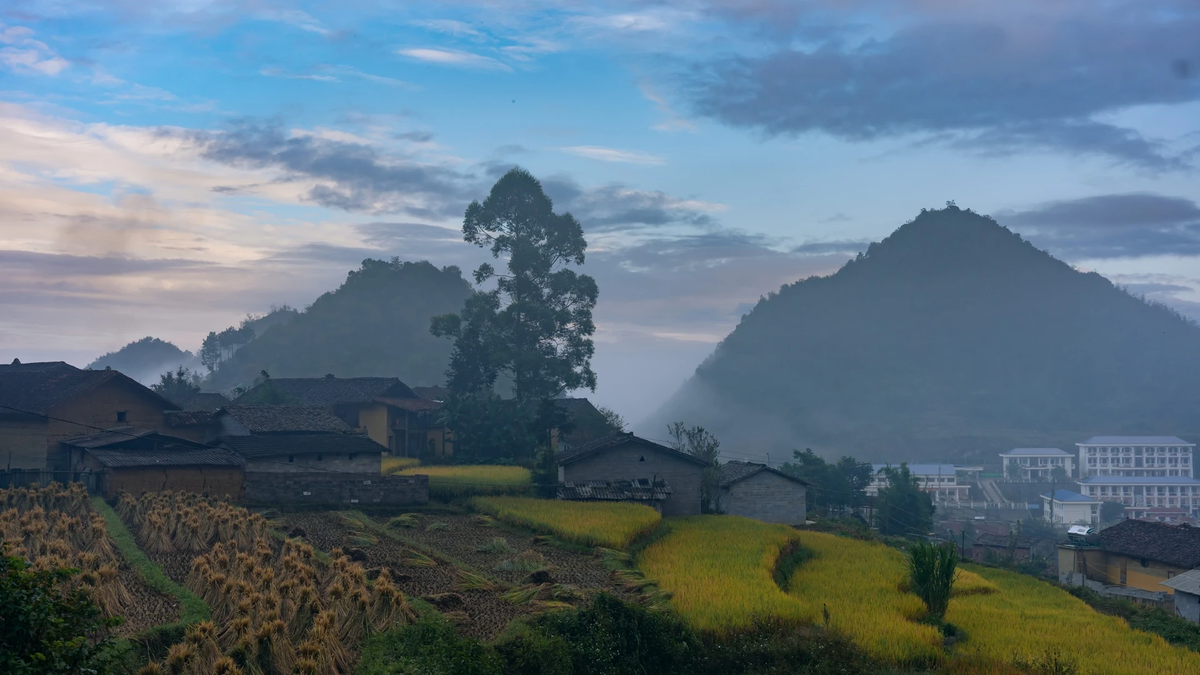
![[Photo] President Luong Cuong holds talks with South African President Matamela Cyril Ramaphosa](https://vphoto.vietnam.vn/thumb/1200x675/vietnam/resource/IMAGE/2025/10/23/1761221878741_ndo_br_1-8416-jpg.webp)
![[Photo] Prime Minister Pham Minh Chinh meets with South African President Matamela Cyril Ramaphosa](https://vphoto.vietnam.vn/thumb/1200x675/vietnam/resource/IMAGE/2025/10/23/1761226081024_dsc-9845-jpg.webp)
![[Photo] Award Ceremony of the Political Contest on Protecting the Party's Ideological Foundation](https://vphoto.vietnam.vn/thumb/402x226/vietnam/resource/IMAGE/2025/10/22/1761151665557_giaia-jpg.webp)

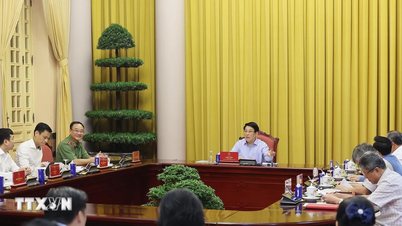





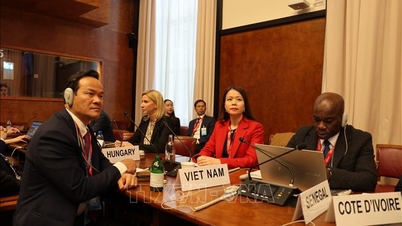


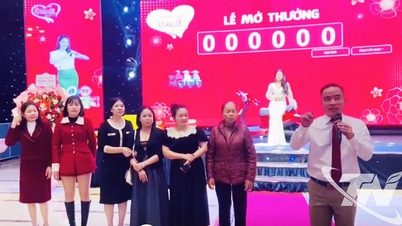

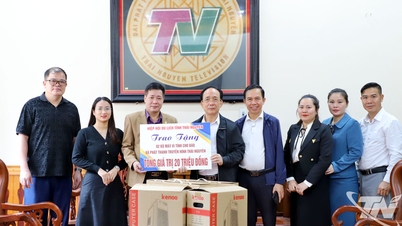
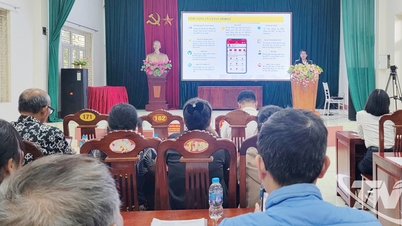
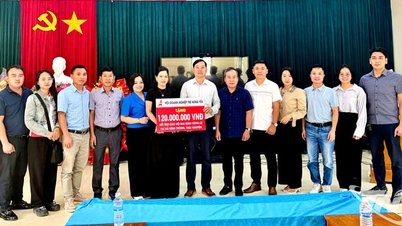
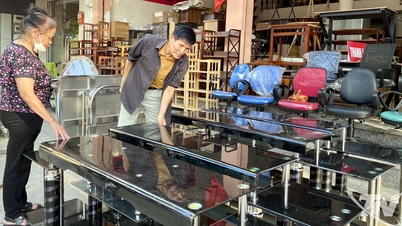





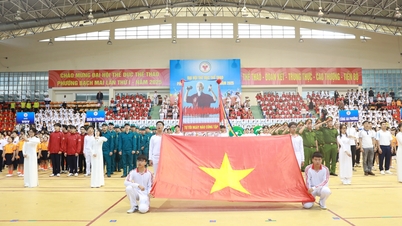
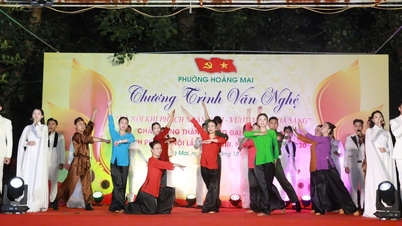
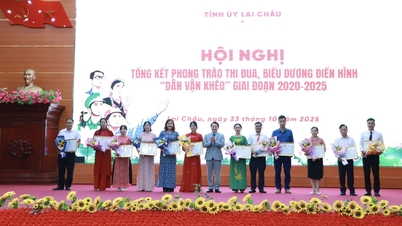
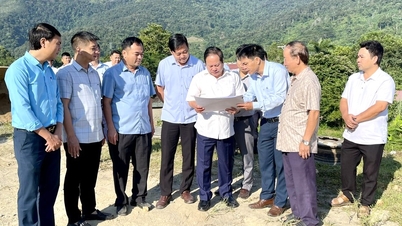
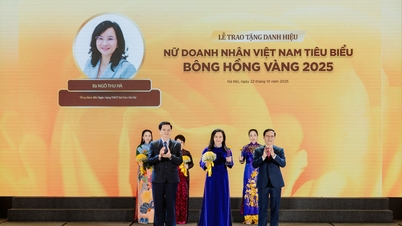
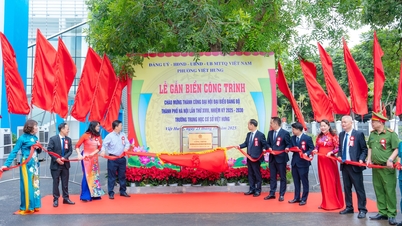












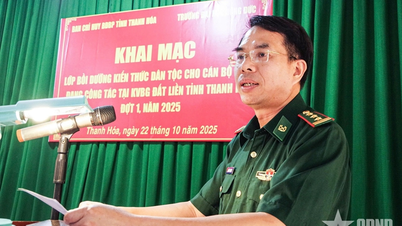



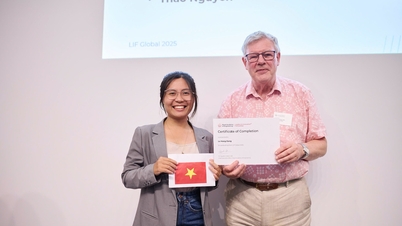



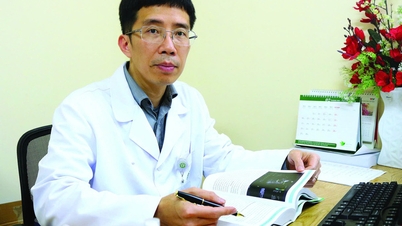




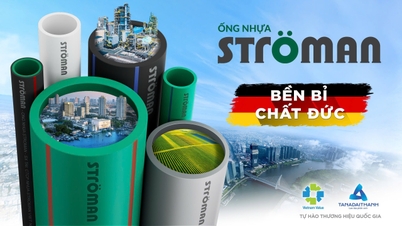









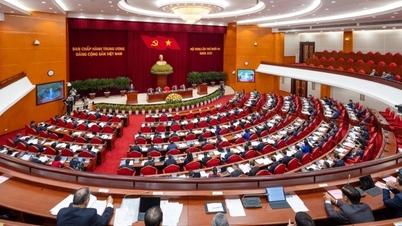
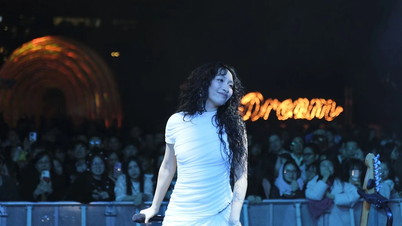
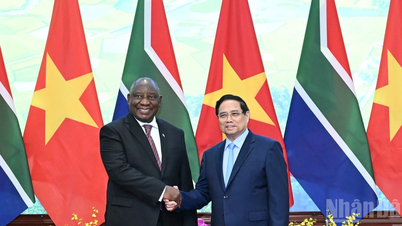
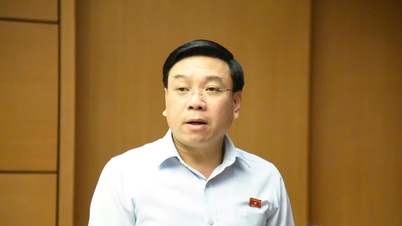

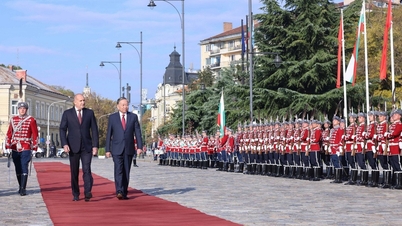

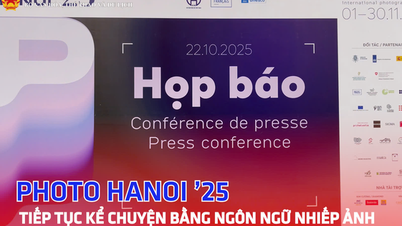


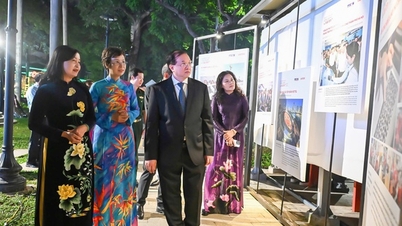

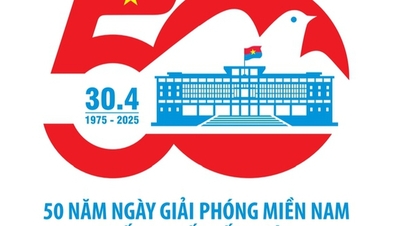
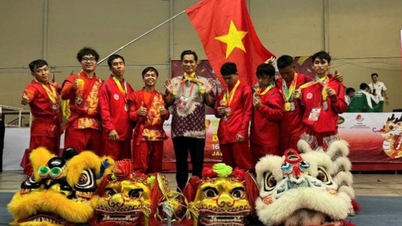
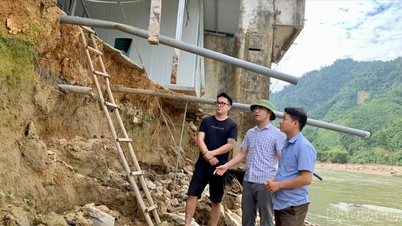

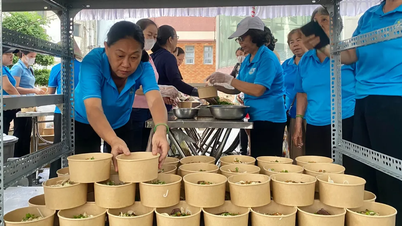

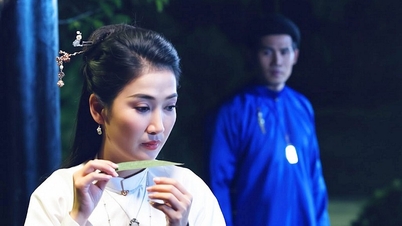

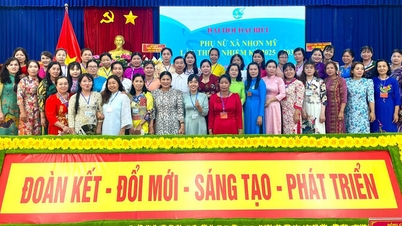

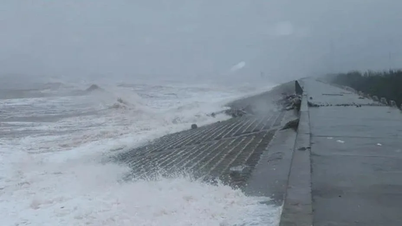
















Comment (0)